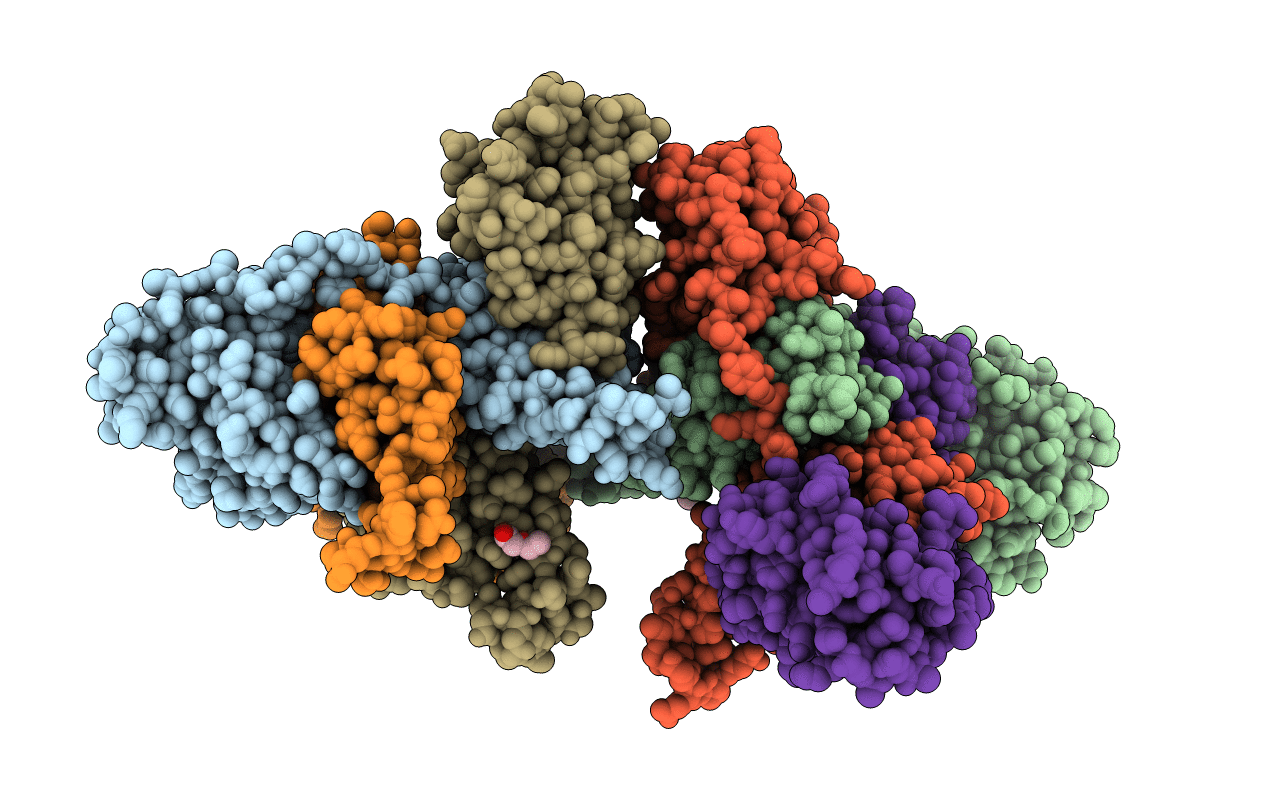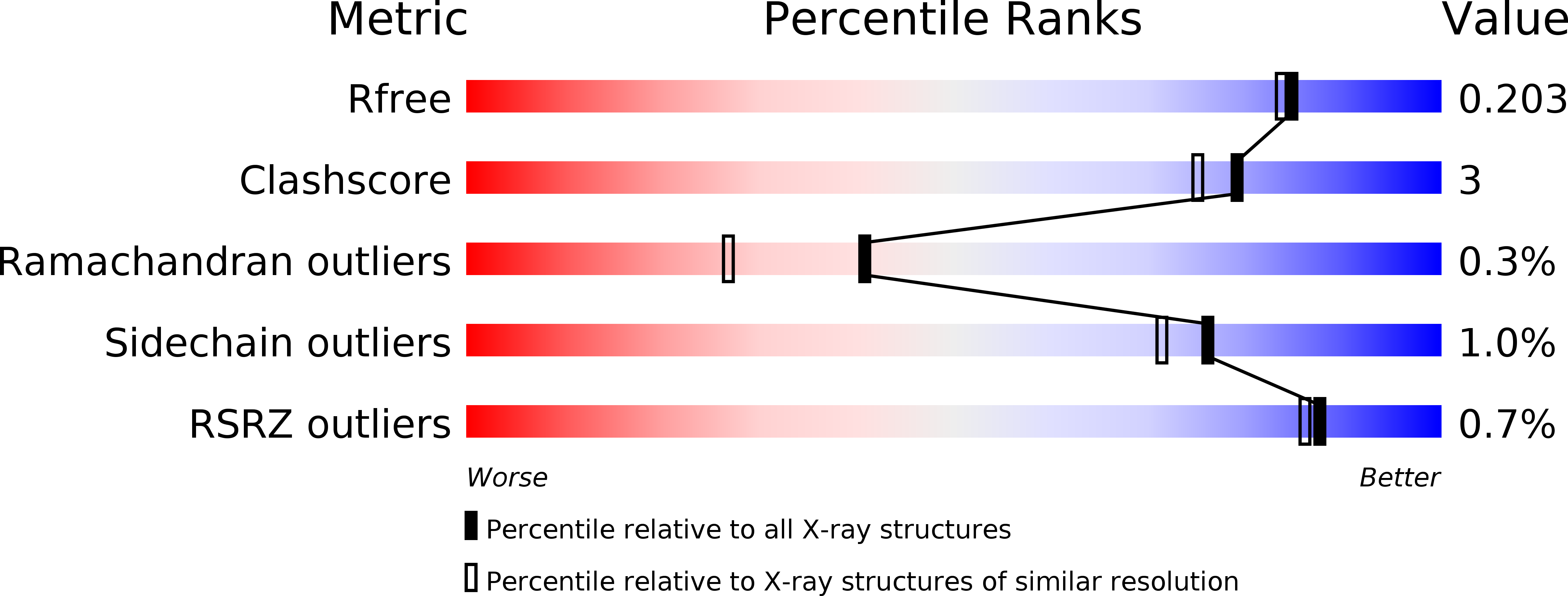
Deposition Date
2011-10-22
Release Date
2012-02-08
Last Version Date
2024-11-20
Entry Detail
Biological Source:
Source Organism:
Clostridium perfringens (Taxon ID: 1502)
Host Organism:
Method Details:
Experimental Method:
Resolution:
1.80 Å
R-Value Free:
0.19
R-Value Work:
0.16
R-Value Observed:
0.16
Space Group:
P 21 21 21


